Home>Garden Essentials>How To Plant Sedum Ground Cover
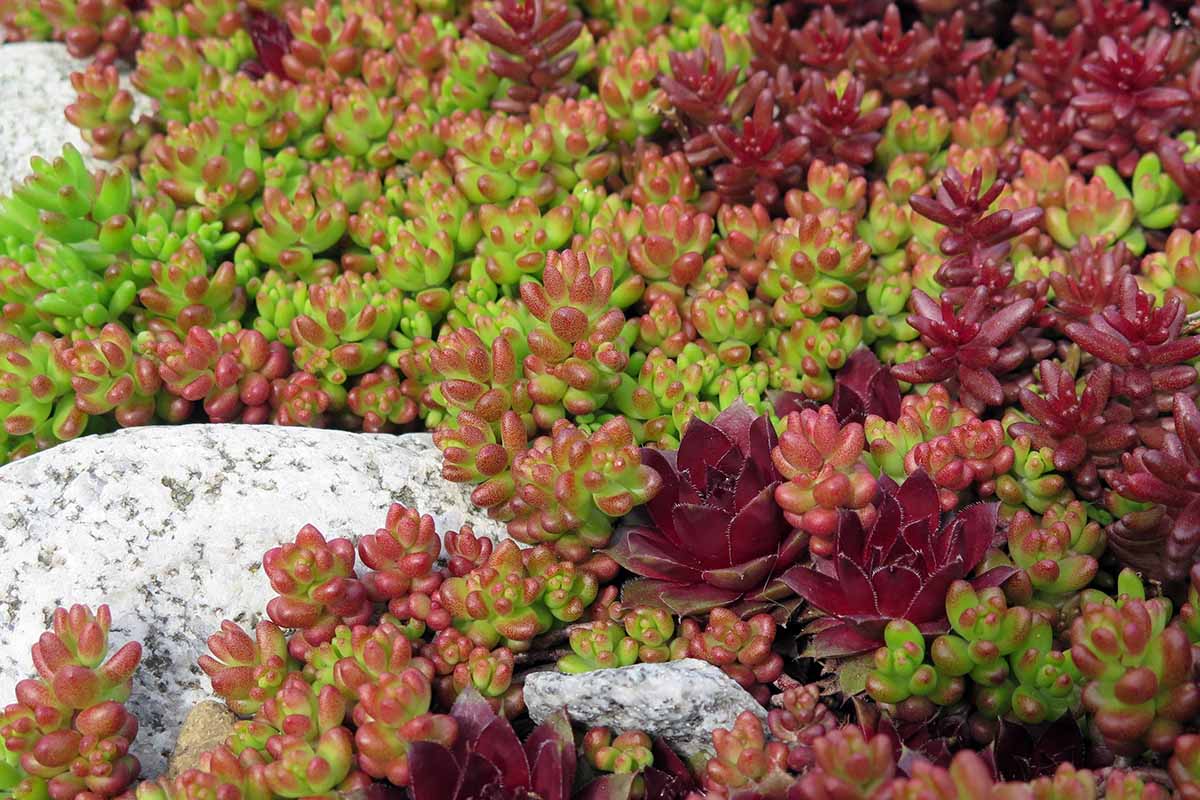

Garden Essentials
How To Plant Sedum Ground Cover
Modified: May 6, 2024
Learn how to plant sedum ground cover in your garden to create a beautiful and low-maintenance landscape.
(Many of the links in this article redirect to a specific reviewed product. Your purchase of these products through affiliate links helps to generate commission for Storables.com, at no extra cost. Learn more)
Introduction
Welcome to the world of sedum ground cover! If you’re looking to add natural beauty and low-maintenance greenery to your garden, sedum ground cover is the perfect choice. Sedum, also known as stonecrop, is a versatile and hardy plant that can thrive in various growing conditions.
Sedum ground cover is an excellent choice for gardeners who want to create lush carpets of green or colorful blooms without the hassle of high-maintenance plants. With its sprawling growth habit and ability to withstand drought and poor soil conditions, sedum is a favorite among both novice and experienced gardeners.
There are many different varieties of sedum ground cover, each with its own unique characteristics. From creeping sedums that hug the ground and spread effortlessly to upright sedums that add vertical interest, there is a sedum variety for every garden style and personal taste.
Not only is sedum ground cover beautiful, but it also offers numerous benefits for your garden ecosystem. Sedums attract pollinators like bees and butterflies, helping to support the local wildlife. Additionally, sedum’s thick foliage helps suppress weeds, reducing the need for herbicides and manual weeding.
Whether you’re a seasoned gardener or just starting your green thumb journey, this comprehensive guide will walk you through the steps of planting, caring for, and propagating sedum ground cover. You’ll also learn how to deal with common issues that may arise, ensuring your sedum ground cover thrives and remains a stunning addition to your garden.
So, grab your gardening gloves and let’s dive into the world of sedum ground cover!
Key Takeaways:
- Sedum ground cover is a low-maintenance, versatile plant that adds beauty to any garden. It attracts pollinators, suppresses weeds, and thrives in various conditions, making it a perfect choice for both novice and experienced gardeners.
- To successfully plant and care for sedum ground cover, select the right variety based on sunlight, appearance, and hardiness. Prepare the soil by clearing, loosening, and testing it, and ensure proper drainage. Follow planting, watering, and maintenance guidelines to keep your sedums healthy and vibrant.
Read more: How To Plant Clover As Ground Cover
Selecting the Right Sedum Ground Cover
When it comes to choosing the right sedum ground cover for your garden, there are a few factors to consider. Each sedum variety has its own growth habit, color, and texture, so it’s important to select one that suits your aesthetic preferences and growing conditions.
One of the first things to consider is the amount of sunlight your garden receives. Sedums are generally sun-loving plants and thrive in full sun or light shade. However, some varieties can tolerate more shade than others. If you have a shady garden, opt for shade-tolerant sedum varieties like Sedum ternatum or Sedum cauticola.
Next, think about the overall look you want to achieve. Do you prefer a sedum ground cover with vibrant flowers or one with interesting foliage? Sedums come in a wide range of colors, from bright yellows and pinks to deep purples and greens. Consider the color palette of your garden and choose a sedum variety that complements it.
Another important consideration is the growth habit of the sedum ground cover. Some sedums have a low-growing, spreading habit that is perfect for carpeting the ground, while others have upright stems that add height and structure. Decide whether you want a sedum ground cover that stays close to the ground or one that forms small mounds or clumps.
It’s also essential to consider the hardiness of the sedum variety you choose. Sedums are known for their ability to tolerate harsh conditions, but some are more cold-hardy than others. If you live in a colder climate, select a sedum ground cover variety that is suitable for your USDA hardiness zone.
Lastly, consider the maintenance requirements of the sedum variety. While sedum ground cover is generally low-maintenance, some varieties may require more attention than others. If you’re looking for a truly fuss-free sedum, choose a variety that is known for its resilience and ability to thrive with minimal care.
By taking into account factors such as sunlight, appearance, growth habit, hardiness, and maintenance, you can select the right sedum ground cover that will thrive in your garden and enhance its beauty.
Preparing the Soil
Before planting sedum ground cover, it’s important to prepare the soil to ensure optimal growing conditions for these hardy plants. Here are the steps to follow when preparing the soil:
- Clear the area: Start by clearing the area where you plan to plant the sedum ground cover. Remove any weeds, rocks, or debris that may hinder the growth of the sedums.
- Loosen the soil: Use a garden fork or tiller to loosen the soil. This will help improve drainage and create a loose, friable soil texture that promotes root growth. Avoid overly compacted soil, as it can hinder the establishment of sedum plants.
- Add organic matter: Incorporate organic matter into the soil to improve its fertility and moisture-holding capacity. Compost, well-rotted manure, or peat moss are excellent choices. Spread a layer of organic matter over the soil and mix it in thoroughly using a garden fork or tiller.
- Test the soil: It’s a good idea to test the soil pH and nutrient levels before planting. Sedums prefer slightly acidic to neutral soil with a pH range of 6.0 to 7.0. You can use a soil testing kit or send a sample to a local extension office for analysis.
- Amend the soil: Based on the soil test results, amend the soil as needed. If the pH is too acidic, add lime to raise it. If the pH is too alkaline, sulfur or peat moss can help lower it. Adjust the nutrient levels by incorporating organic fertilizers or specific amendments based on the recommendations from the soil test.
- Ensure proper drainage: Sedum ground cover thrives in well-drained soil. If your soil has poor drainage, you may need to create raised beds or add coarse sand or gravel to improve it. Avoid heavy clay soils, as they can lead to root rot and other issues.
By following these steps and preparing the soil properly, you’ll create a healthy and favorable environment for your sedum ground cover to establish and thrive in your garden. Remember to water the soil thoroughly after preparing it to settle it and provide a good starting point for your sedums.
Planting Sedum Ground Cover
Now that you have prepared the soil, it’s time to plant your sedum ground cover. Follow these steps to ensure successful planting:
- Choose the right time: The ideal time to plant sedum ground cover is in the spring or early fall when the soil is warm and moist. Avoid planting during extreme heat or cold, as it can stress the plants.
- Dig the planting holes: Dig holes in the prepared soil, spacing them according to the recommended spacing for the particular sedum variety you are planting. Typically, spacing between 6 to 12 inches is sufficient, depending on the growth habit of the sedum.
- Remove the sedum from the container: Gently remove the sedum plant from its container, being careful not to damage the roots. If the sedum is root-bound, gently tease the roots apart to encourage outward growth.
- Place the sedum in the hole: Place the sedum plant in the hole, ensuring that the top of the root ball is level or slightly above the surrounding soil. This will prevent water from pooling around the roots, which can lead to rot.
- Backfill the hole: Fill the hole with soil, gently firming it around the roots of the sedum. Make sure there are no air pockets in the soil around the roots.
- Water thoroughly: After planting, water the newly planted sedums thoroughly to settle the soil and provide moisture to the roots. Keep the soil evenly moist but not waterlogged during the establishment period.
- Mulch the area: Apply a layer of organic mulch, such as wood chips or shredded bark, around the sedum plants. Mulch helps conserve moisture, suppress weeds, and regulate soil temperature.
Once planted, sedum ground cover requires minimal care. Regularly water the plants during dry spells, but be careful not to overwater, as sedums are drought-tolerant plants. Additionally, ensure the plants receive adequate sunlight to promote healthy growth and vibrant colors.
With proper planting techniques and attention to care, your sedum ground cover will quickly establish itself and create a gorgeous carpet of foliage or flowers, adding beauty and interest to your garden.
When planting sedum ground cover, make sure to choose a sunny location with well-draining soil. Space the plants about 6-12 inches apart and water them regularly until they are established. Avoid overwatering to prevent root rot.
Watering and Maintenance
Watering and maintenance are essential for the health and vibrancy of your sedum ground cover. While sedums are known for their drought tolerance, they still require some care. Here are some guidelines for watering and maintaining your sedum ground cover:
Watering:
- When it comes to watering sedum ground cover, it’s important to strike the right balance. While sedums can withstand periods of drought, they still benefit from regular watering, especially during extended dry spells.
- Water the sedum ground cover deeply once a week during dry periods, ensuring that the water reaches the root zone. This encourages deep root growth and helps the sedums become more resilient to drought conditions.
- When watering, aim to moisten the soil rather than soaking it. Avoid overwatering, as sedums can be susceptible to root rot in waterlogged soil.
- During the establishment period after planting, monitor the moisture level of the soil more closely. Keep the soil evenly moist but not excessively wet, allowing the sedums to establish their root systems.
Maintenance:
- Sedum ground cover is relatively low-maintenance, making it an ideal choice for busy gardeners. However, some basic maintenance tasks will keep your sedums looking their best:
- Remove any weeds that may appear around the sedum plants. Weeds compete with the sedums for nutrients and water, so regular weeding is necessary to prevent weed takeover.
- Prune or trim the sedum ground cover as needed to maintain its desired shape and size. This is especially important for upright sedum varieties that may become top-heavy or sprawling sedums that may start to encroach on other plants.
- Inspect the sedums regularly for signs of pests or diseases. Common pests that may affect sedums include aphids and mealybugs. Treat any infestations promptly with appropriate insecticidal soap or organic pest control methods.
- Divide and replant sedum ground cover every few years to rejuvenate the plants and prevent overcrowding. This is typically done in early spring when new growth begins.
- Apply a balanced slow-release fertilizer in spring, following the package instructions. This will provide essential nutrients for healthy growth and vibrant colors.
By following these watering and maintenance guidelines, you can ensure that your sedum ground cover remains healthy, resilient, and visually stunning throughout the growing season.
Read more: How To Plant Vinca Ground Cover
Propagating Sedum Ground Cover
If you want to expand your sedum ground cover or share it with friends and family, propagating sedums is a simple and rewarding process. Sedums can be propagated through various methods, including division, stem cuttings, and leaf cuttings. Here are the steps for propagating sedum ground cover:
Division:
- Choose a healthy and well-established sedum plant to divide.
- In early spring or early fall, carefully dig up the sedum plant, being cautious not to damage the roots.
- Using a sharp and clean gardening tool, divide the sedum clump into smaller sections. Each section should have several healthy stems and a portion of the root system.
- Replant the divided sedum sections in prepared soil or pots filled with well-draining soil.
- Water the newly planted sedum divisions thoroughly and provide them with the same care as established sedum ground cover.
Stem Cuttings:
- Select a healthy stem from the sedum ground cover.
- Using clean and sharp gardening shears, cut a 3-4 inch stem just below a leaf node.
- Remove the lower leaves from the stem, leaving a bare node at the bottom.
- Place the stem cutting in a container filled with well-draining potting mix or directly in well-prepared soil if propagating outdoors.
- Keep the soil lightly moist but not soggy and place the container or the planting area in a warm and bright location, but out of direct sunlight.
- Within a few weeks, the cutting will develop roots and can be cared for like an established sedum plant.
Leaf Cuttings:
- Select a healthy and plump leaf from the sedum ground cover.
- Gently twist the leaf from the stem, ensuring that a small portion of the stem remains attached to the base of the leaf.
- Place the leaf cuttings on a tray or in pots filled with well-draining soil or a mixture of soil and perlite.
- Mist the leaf cuttings with water to keep them hydrated without saturating the soil.
- Keep the tray or pots in a warm and bright location with indirect sunlight. Avoid direct sunlight, as it can scorch the delicate leaf cuttings.
- After a few weeks, new plantlets will start to grow from the base of the leaf cuttings. Once these plantlets have developed roots, they can be transplanted to their desired locations.
By propagating sedum through division, stem cuttings, or leaf cuttings, you can easily expand your sedum ground cover collection or share the beauty of these plants with others. It’s a fun and rewarding way to grow more sedums and continue to enjoy their beauty in your garden.
Dealing with Common Issues
While sedum ground cover is generally a hardy and resilient plant, it is not exempt from encountering some common issues. By being proactive and addressing these issues promptly, you can ensure the health and vitality of your sedum ground cover. Here are the most common problems you may encounter and how to deal with them:
Pest Infestations:
- Aphids and mealybugs are the most common pests that can affect sedums. They can be controlled by spraying the plants with a strong jet of water to dislodge them, followed by an application of insecticidal soap or organic insecticides. Regular monitoring and early intervention are essential to prevent infestations from spreading.
Root Rot:
- Root rot is caused by overly wet soil or poor drainage. To prevent root rot, ensure that the soil is well-draining and avoid overwatering sedum ground cover. If root rot is observed, it’s necessary to remove the affected plants, improve the drainage in the area, and replant with fresh sedums.
Weed Growth:
- Sedum ground cover is generally effective at suppressing weed growth, but occasionally, some weeds may still emerge. Regular weeding, especially in the early stages, can help prevent weeds from competing with sedums for nutrients and space. Applying a layer of organic mulch can also aid in weed prevention.
Overcrowding:
- Over time, sedum ground cover can become crowded and may start to lose vigor or become prone to disease and pest issues. To alleviate overcrowding, divide the sedums every few years in early spring. This process not only rejuvenates the plants but also allows for better air circulation and overall plant health.
Winter Damage:
- In colder climates, sedum ground cover may experience winter damage. To protect the plants, apply a layer of mulch or straw around the base of the sedums before the first frost. This will help insulate the roots and prevent winter damage. Remove the mulch in early spring once the danger of frost has passed.
Disease Issues:
- Sedums are generally resilient to diseases, but occasionally fungal diseases such as powdery mildew or fungal leaf spots can occur. These issues are often caused by excessive moisture and poor air circulation. To prevent disease, avoid overhead watering, improve air circulation around the plants, and promptly remove any infected leaves or plants.
By addressing these common issues promptly and appropriately, you can maintain the health and beauty of your sedum ground cover. Regular monitoring, proper care, and proactive management will help your sedums thrive and continue to enhance your garden.
Conclusion
Congratulations! You are now equipped with the knowledge and techniques needed to successfully plant, care for, and propagate sedum ground cover in your garden. Sedums are a fantastic choice for adding beauty, versatility, and low-maintenance greenery to any landscape.
By selecting the right sedum variety, preparing the soil properly, and providing adequate watering and maintenance, your sedum ground cover will thrive and create a stunning carpet of foliage or blooms. Whether you opt for low-growing, spreading sedums or upright varieties that add vertical interest, there is a sedum ground cover to suit your garden style and personal taste.
Remember to monitor your sedums for common issues such as pest infestations, root rot, weed growth, overcrowding, winter damage, and disease. Address these issues promptly to ensure the health and vitality of your sedum ground cover.
Additionally, don’t be afraid to propagate your sedums through division, stem cuttings, or leaf cuttings. This allows you to expand your sedum collection, create more ground cover, or share the beauty of these plants with others.
With its ability to attract pollinators, suppress weeds, and provide year-round interest, sedum ground cover is a valuable addition to any garden. Whether you’re a seasoned gardener or just starting your journey, sedums offer a low-maintenance solution for adding natural beauty and greenery to your outdoor space.
So, roll up your sleeves, grab your gardening tools, and get ready to enjoy the beauty and benefits of sedum ground cover in your garden. With a little bit of care and attention, your sedums will reward you with a lush and eye-catching display for years to come.
Once you've mastered sedum ground cover, why not simplify your gardening even further? Diving into our guide on building raised garden beds, you'll find innovative ideas that ensure gardening is as effortless as possible. With these strategies, maintaining a vibrant garden becomes less of a chore and more of a joy. Perfect for enthusiasts seeking practical yet creative ways to enhance their outdoor spaces, these raised planter solutions cater to all levels of gardening expertise.
Frequently Asked Questions about How To Plant Sedum Ground Cover
Was this page helpful?
At Storables.com, we guarantee accurate and reliable information. Our content, validated by Expert Board Contributors, is crafted following stringent Editorial Policies. We're committed to providing you with well-researched, expert-backed insights for all your informational needs.
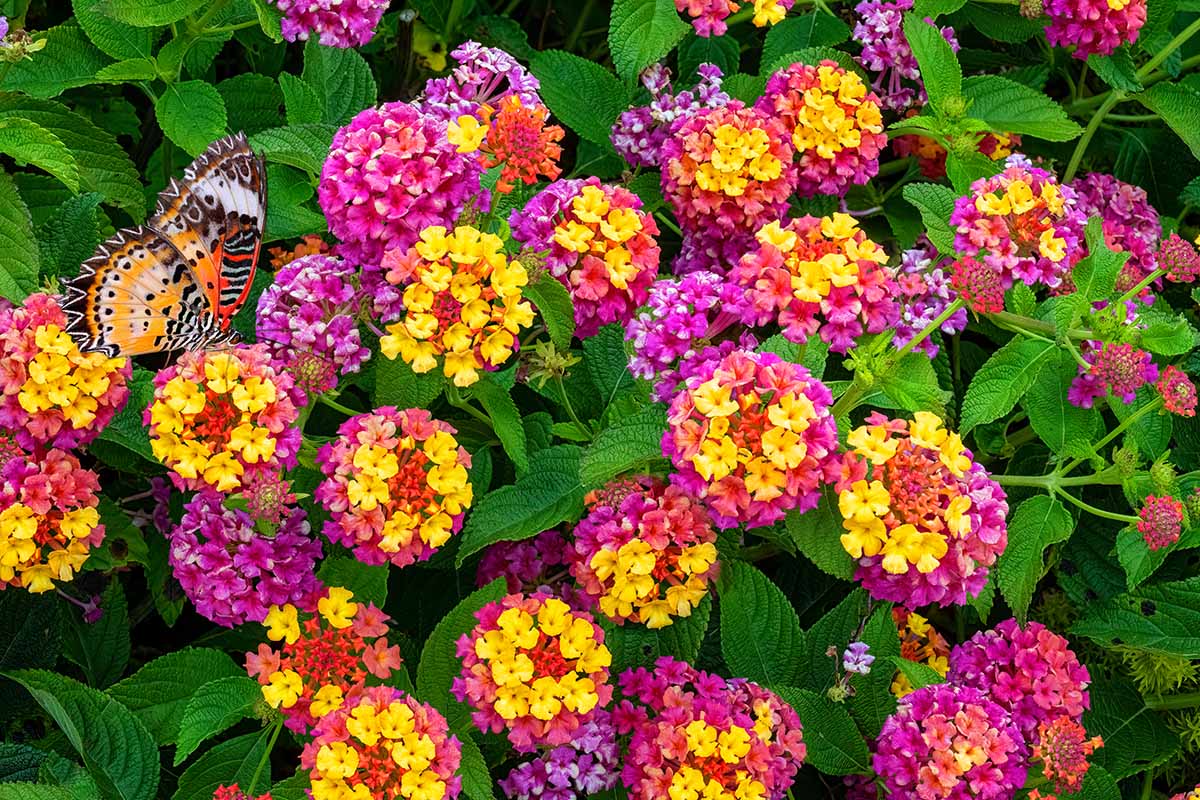





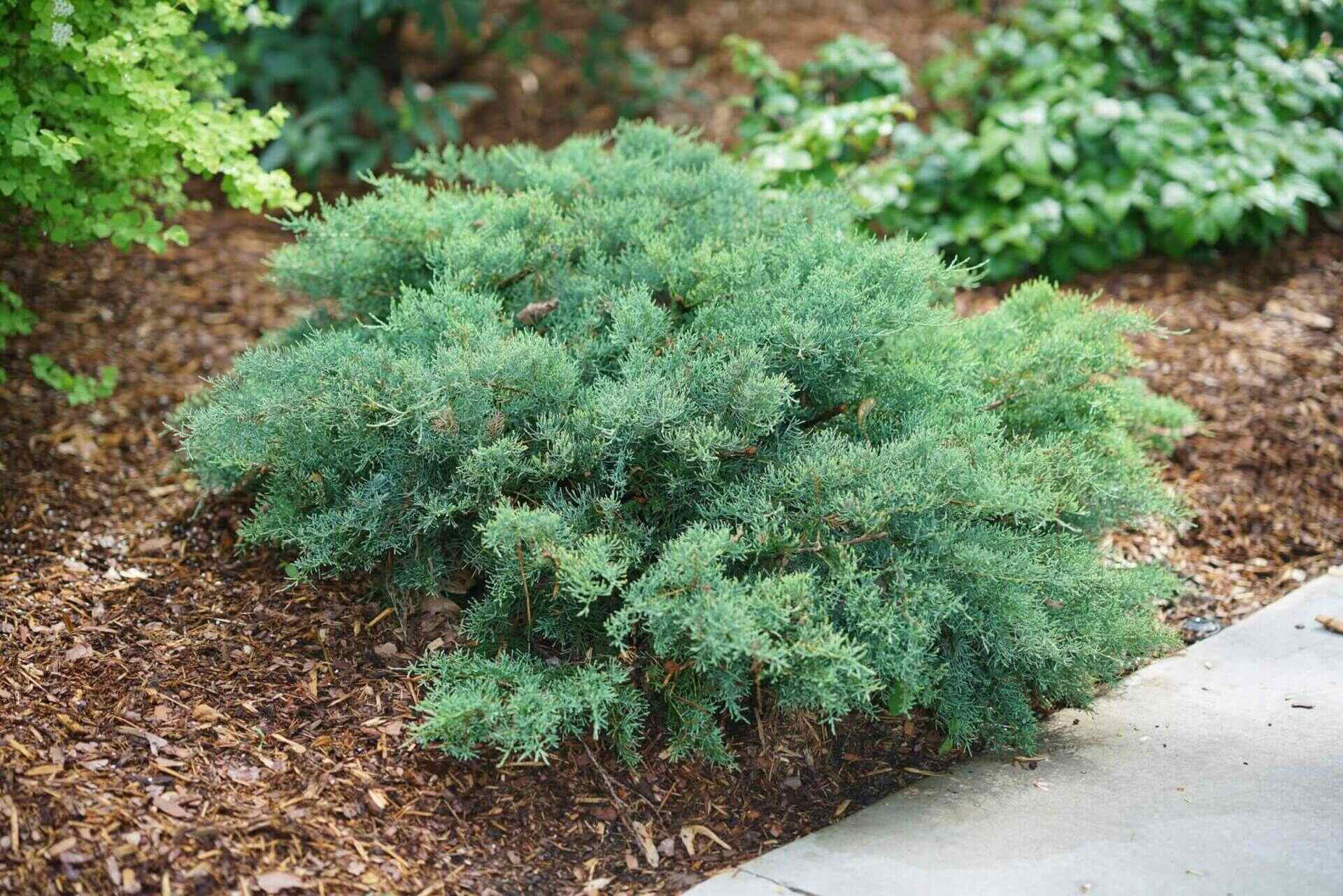

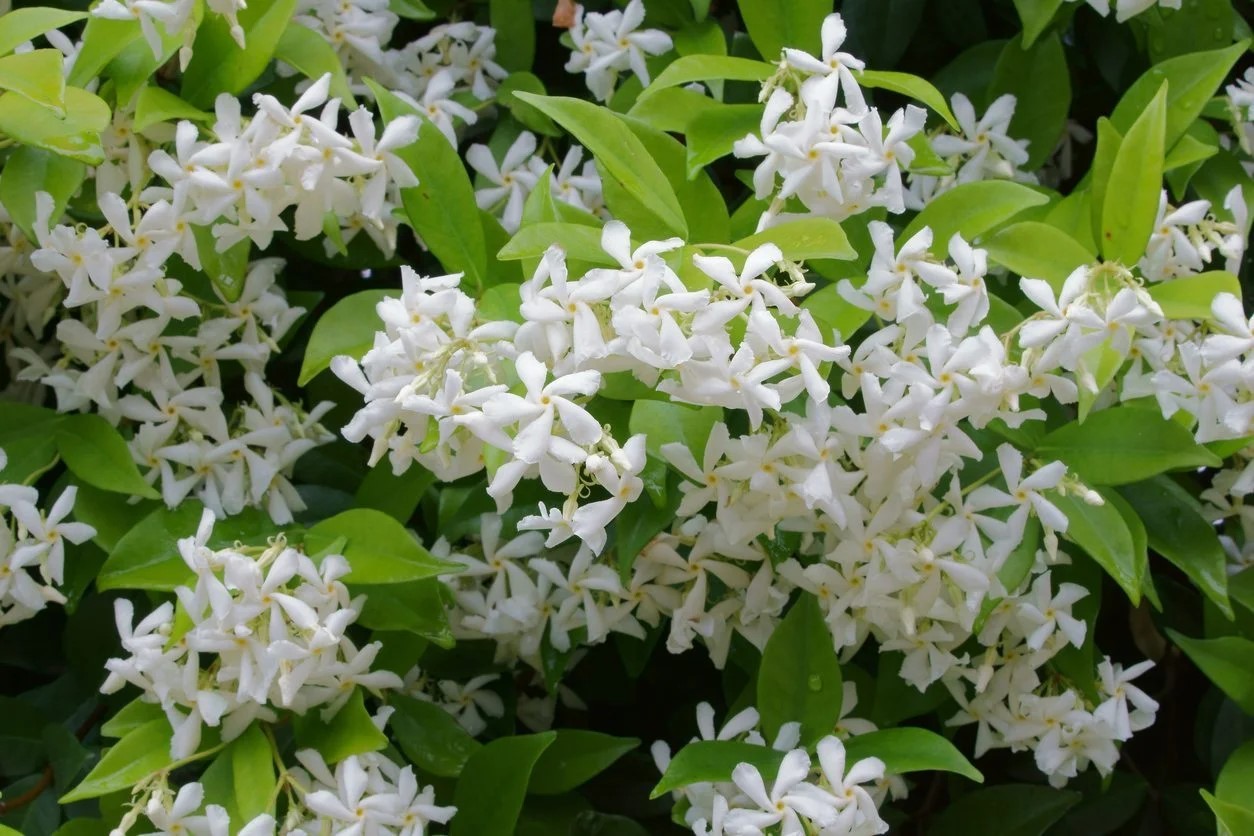


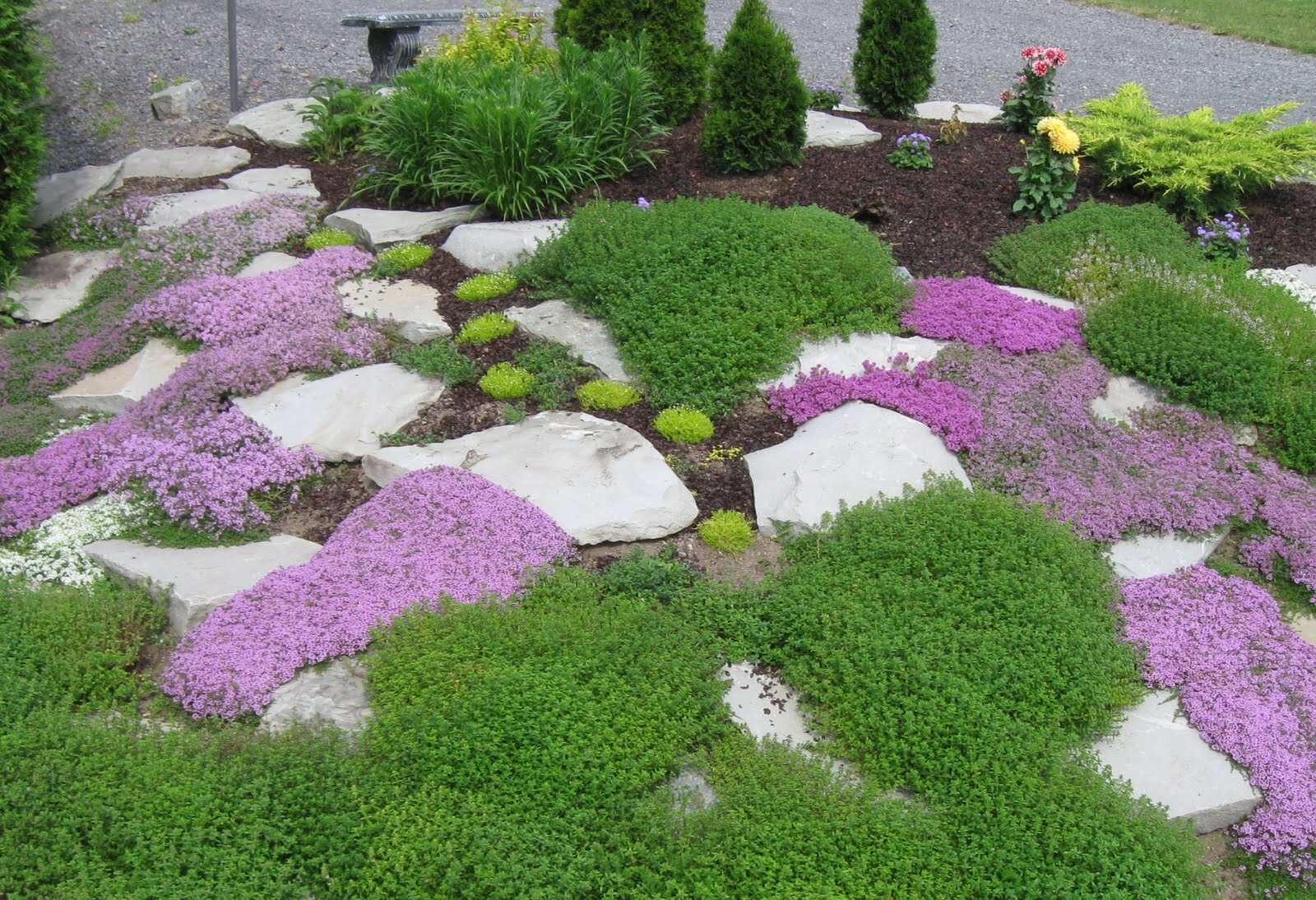



0 thoughts on “How To Plant Sedum Ground Cover”